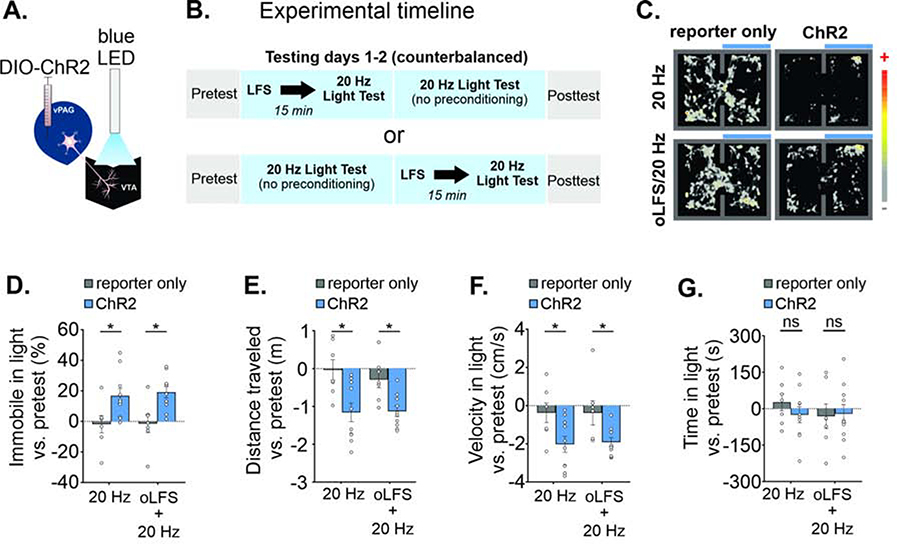FIGURE 4. In vivo stimulation of vPAGGABA→VTA synapses increases immobility.
A. Diagram: LED stimulation of vPAGGABA terminals in the VTA. B. Experimental timeline and design of real-time place preference (RTPP) C. Representative location plot of a reporter only mouse (left) and ChR2-expressing mouse (right) during a 10 minute RTPP test session with (bottom panels) or without (top panels) LFS preconditioning. LED light was delivered constantly at 20 Hz whenever the mouse entered the light-paired chamber. D. Time spent immobile increased compared to pretest values in ChR2 mice in the light-paired chamber (n = 7 reporter only, n = 10 ChR2 mice; Sidak’s multiple comparisons 20 Hz test: p = 0.026, LFS/20 Hz test: p = 0.013). E. ChR2-expressing mice decrease the distance traveled in the apparatus (Sidak’s multiple comparisons, 20 Hz test: p = 0.002, LFS/20 Hz test: p = 0.023), and F. exhibit reduced velocity in the light-paired chamber vs. pretest values (Sidak’s multiple comparisons, 20 Hz test: p = 0.026, LFS/20 Hz test: p = 0.04). G. Average time spent in light-paired chamber vs. pretest was unchanged. Data are represented as mean ± SEM. See related Supplemental Figure 5. *p < 0.05, One- or two-way ANOVA and post hoc Sidak’s multiple comparisons.

